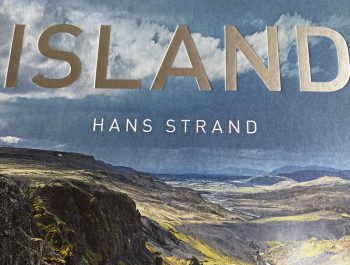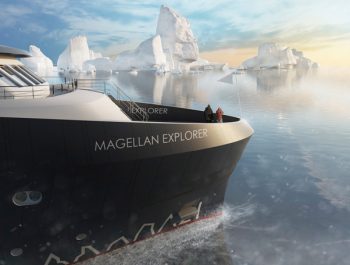The Berlebach Wood Tripod – Closer Look
A Look At Wood Tripods
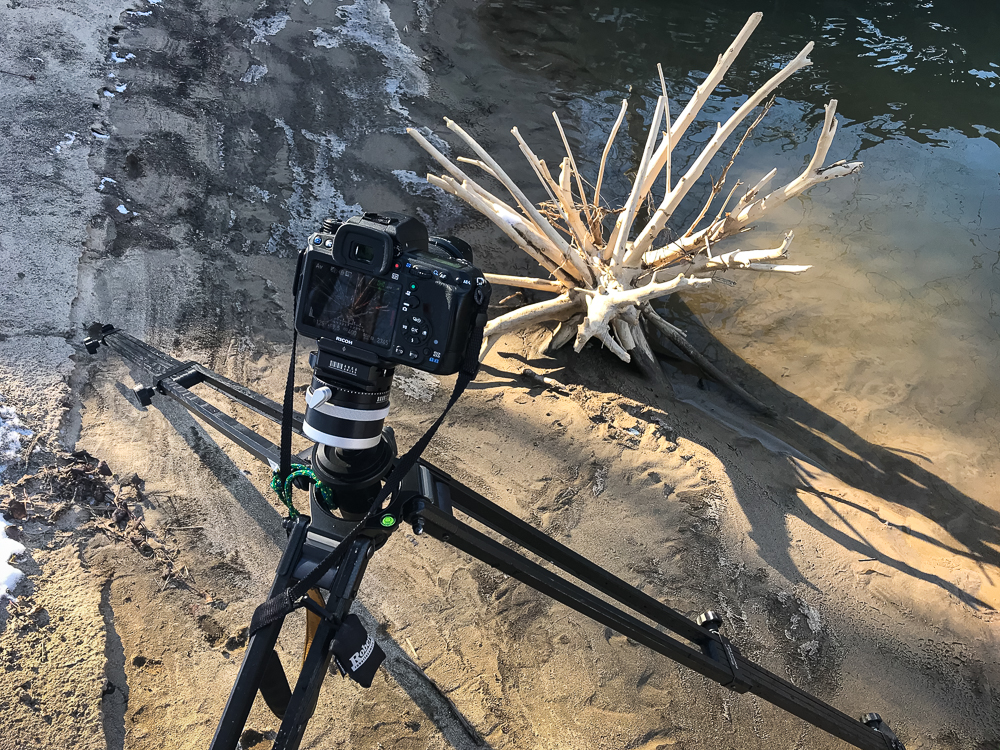
Most tripods sold today are made of aluminum or carbon fiber. When I started looking seriously for a good tripod, I first considered these standard options, but occasionally wood was presented as an alternative. At least two manufacturers are making tripods from wood for the photographic market – Ries and Berlebach. This article will explore my experience with the Berlebach Report 923.
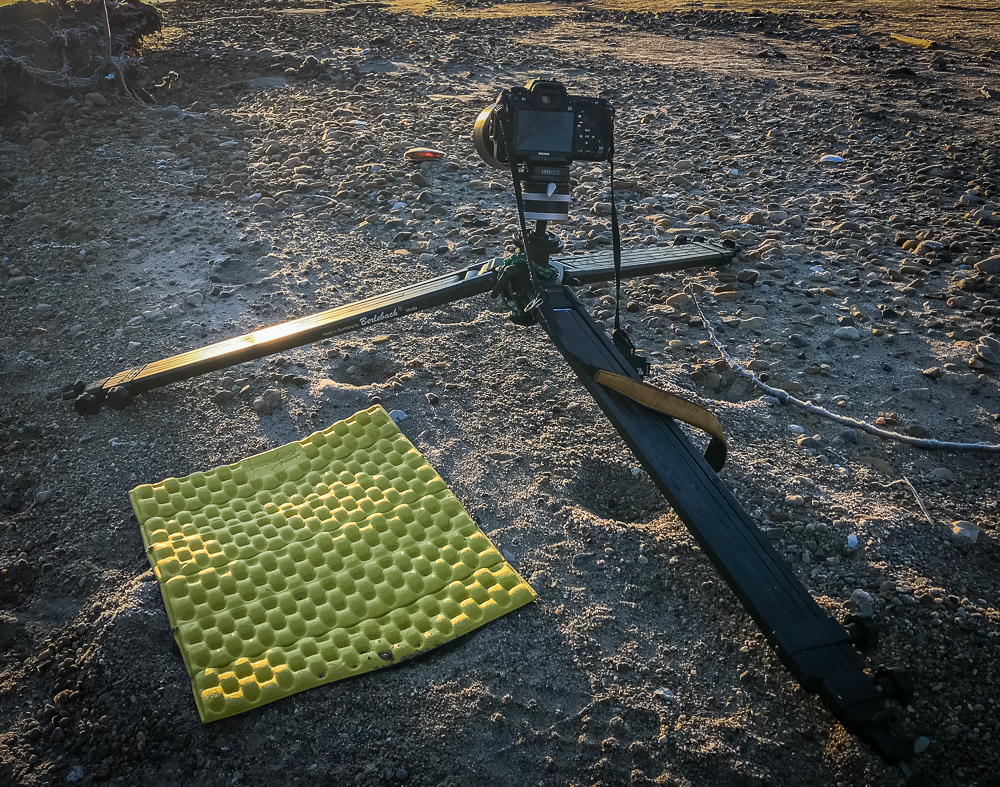
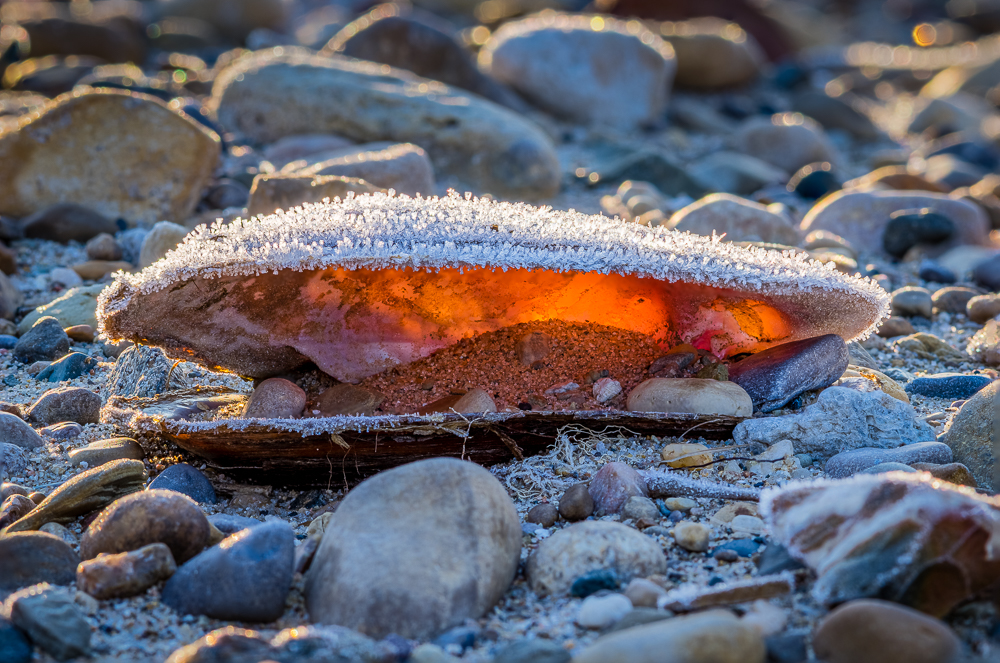
One of the surprising advantages of wood tripods is the price. Ries tripods are priced similarly to top-end carbon fiber models beginning at $600 to over a $1000, but the Berlebach Report I use costs less than $400.
The Report 903 tripod (no center column model) weighs 5.8 lbs. / 2.6 kg. For comparison, a Really Right Stuff TVC-33 weighs 4.10 lbs. / 1.860 kg. Both accept a 75 mm video bowl insert and have similar maximum heights. The more than 30% weight savings for the carbon fiber model is significant, but I decided that for the situations where I needed a tripod of this size I could deal with the extra weight.
Wood is not the lightest material, but it does have other advantages. Vibration dampening is cited as an advantage in most discussions of wood tripods, but only sophisticated testing can verify these claims. I have used a Berlebach Report with high speed cameras at over 1000 frames per second and with a 100-megapixel Phase One XF. The wood tripod has performed well in these demanding situations.
One of the most appealing characteristics of wood tripods for me is the mechanical robustness.
The sliding mechanism of the legs is open for the full length and there are no small parts. This means a dunk in clean freshwater is sufficient for cleaning. Aluminum and carbon fiber tripods, on the other hand, require disassembly for cleaning. Wood is also pleasant to touch in extremely hot or cold environments.
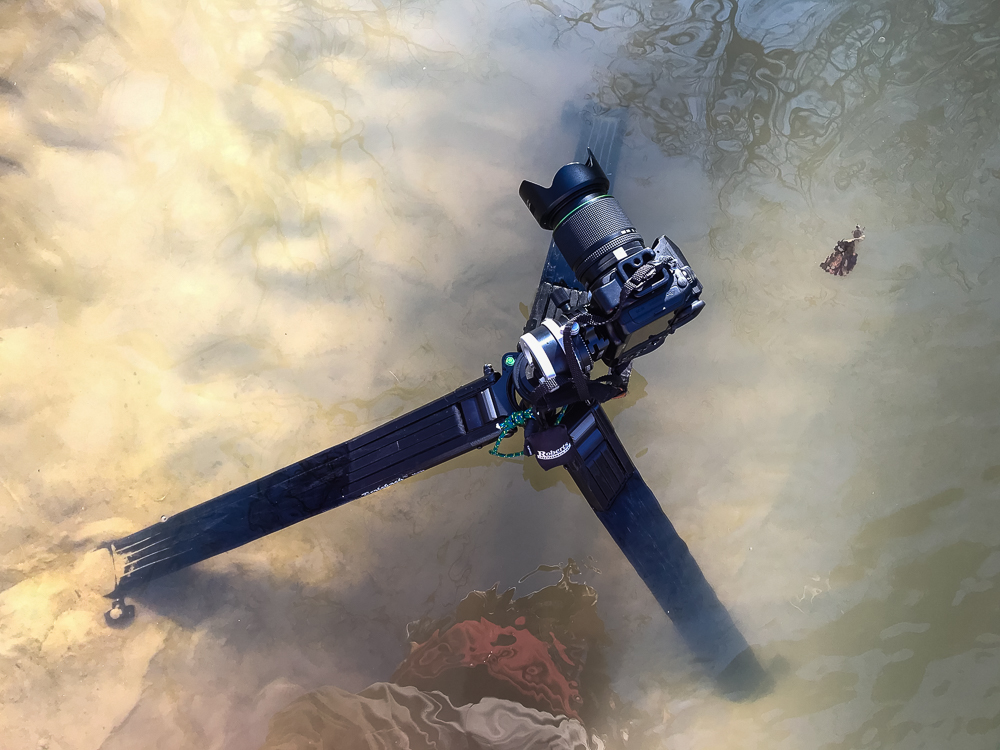
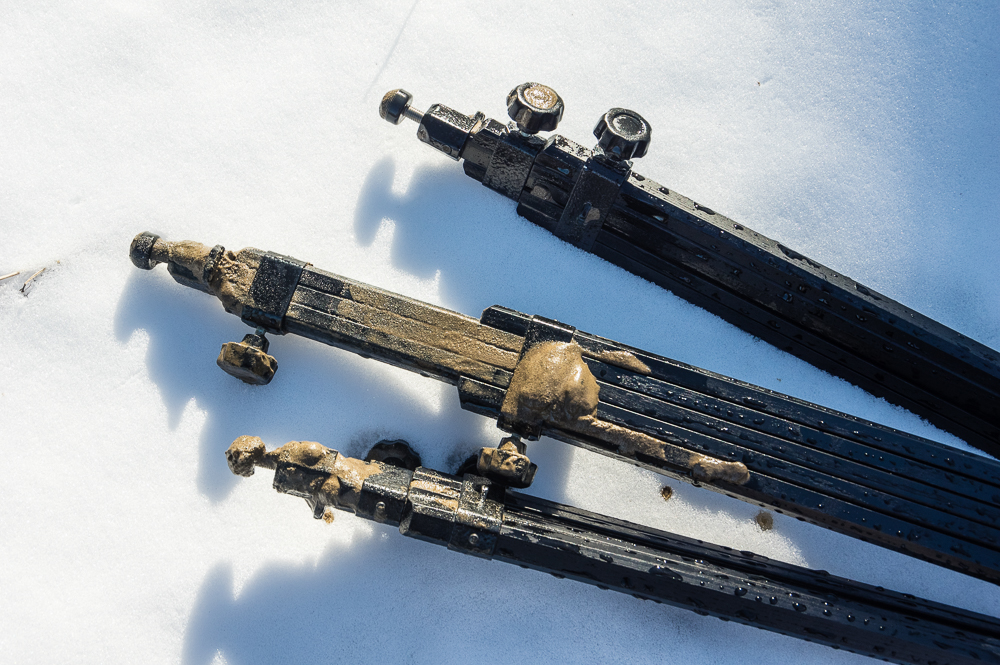
Berlebach has many options for both their UNI and Report models. The Report line is the lighter of the two and is available with both two and three section legs. Seven different maximum heights are available. The wood can be finished in six colors ranging from natural to camouflage. Fourteen different center section inserts are available.
Options for the central insert include two different flat platforms, leveling platforms, standard and geared center columns, and combinations of these options. I first purchased a Report for a laboratory environment and selected the model with a sliding central column and leveling feature. This offers extreme versatility in camera positioning but is heavy. For my personal tripod, I considered using the leveling ball option, forgoing a ball head. With 30° of movement, this ball has significantly greater movement than most leveling balls and sits very low in the center hub. I decided instead to go with a two-section column consisting of a short and a long section which thread together. This gives the advantages of both a flat platform and a center column.
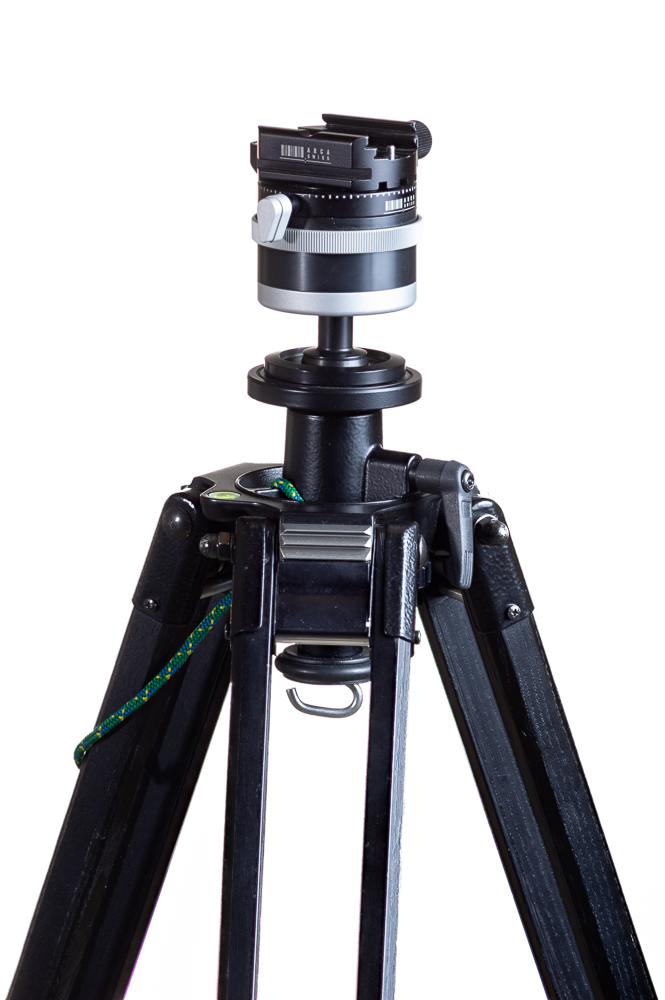
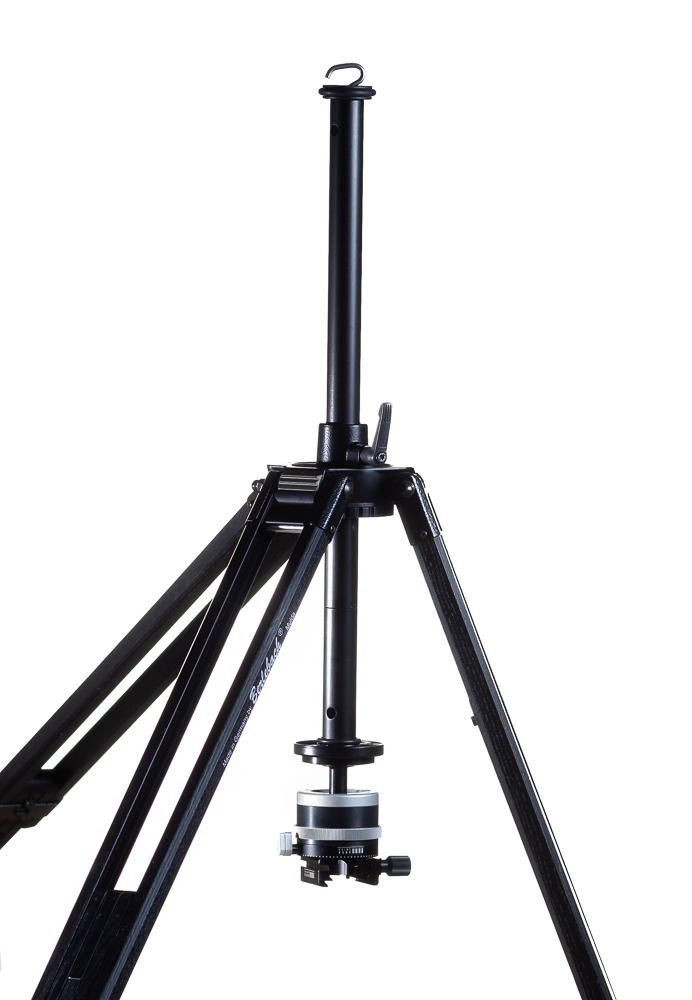
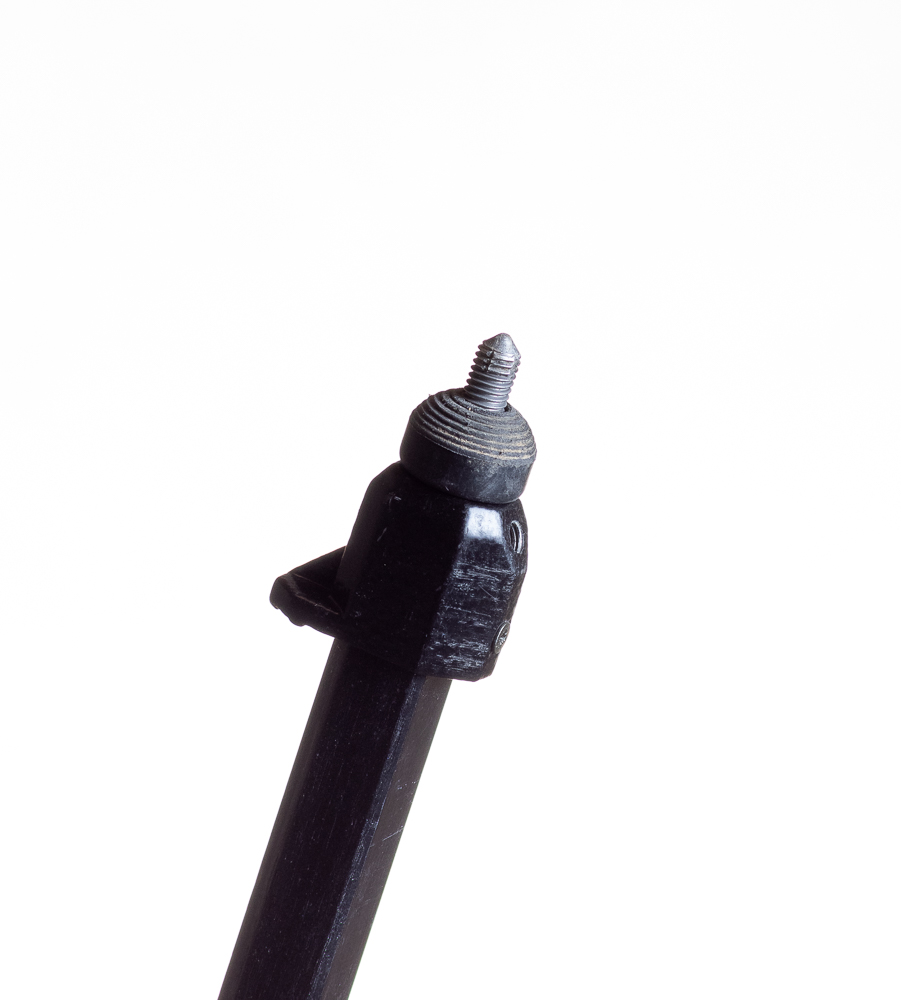
The head shown in all of the pictures is an Arca-Swiss Monoball p0 Ball Head. The wood tripods can accept almost any standard head. One of the most important reasons I chose the p0 is the inverted design that puts the panning adjustment on top. This design eliminates the need for a redundant panning adjustment. The p0 also has a locking ring that encircles the head, making adjustments faster. I fitted the Report tripod I purchased for a laboratory with an Arca-Swiss d4 geared head. This is also a marvelous head but is both expensive and heavy. Just before I purchased my p0, Arca-Swiss came out with a variant on the p0 that adds a two-way gear unit between the ball and panning plate. This was a very tempting option but is bigger, heavier, and more than twice the price. I have been very happy with the p0 for 95% of my work.
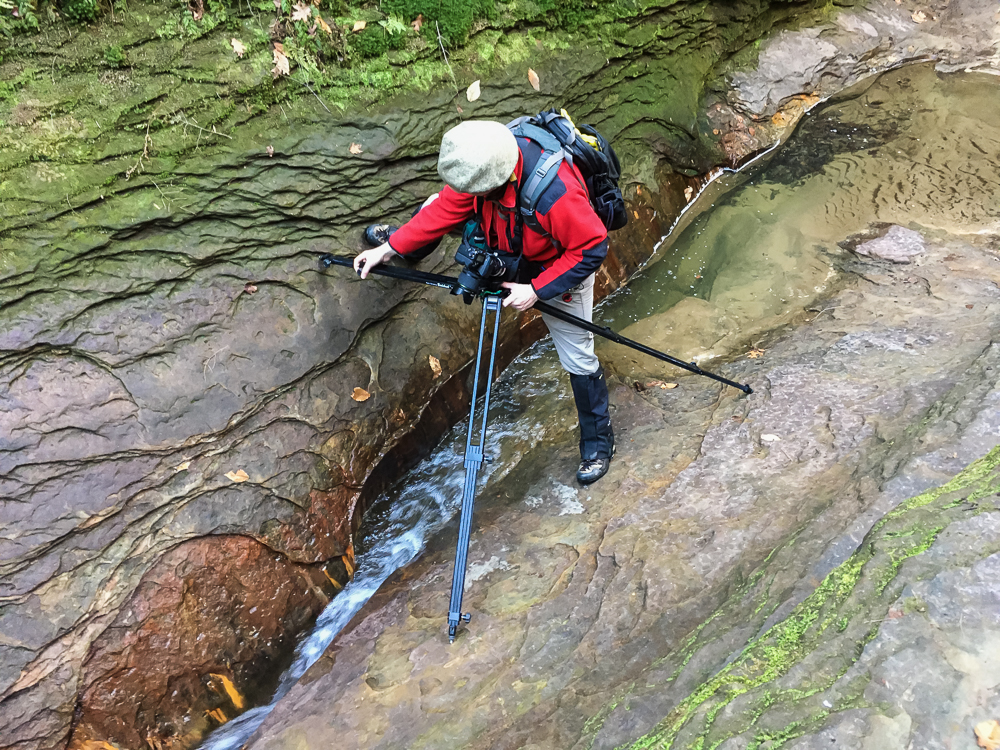
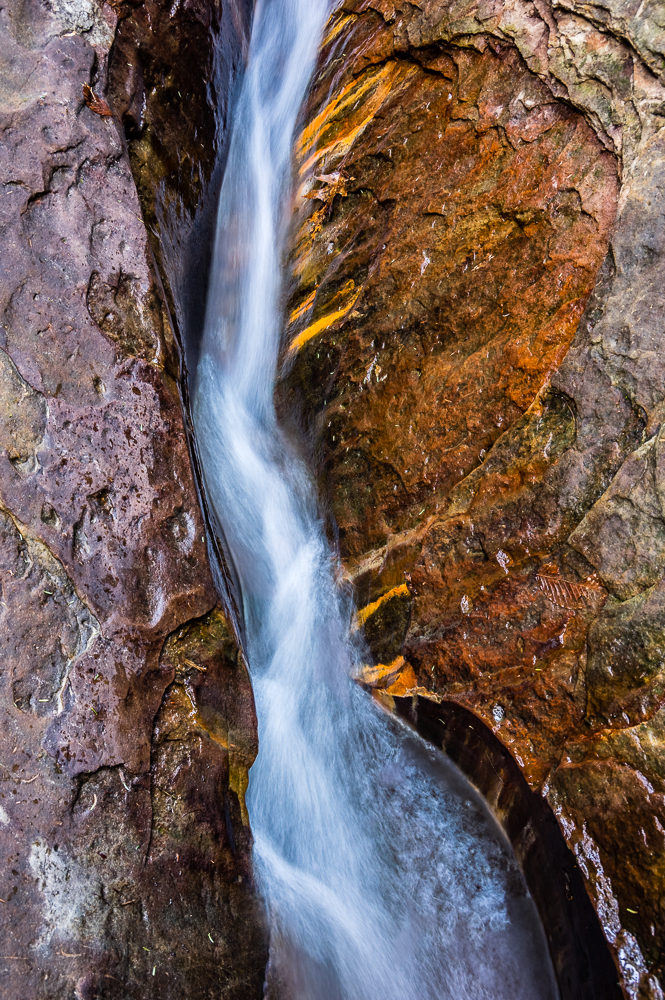
Berlebach ships directly from their facility in Germany. Given a large number of options it would be difficult for an importer to stock the full product line. Working with Berlebach has been easy on two separate orders. The delivery cost for my last order was about $47.
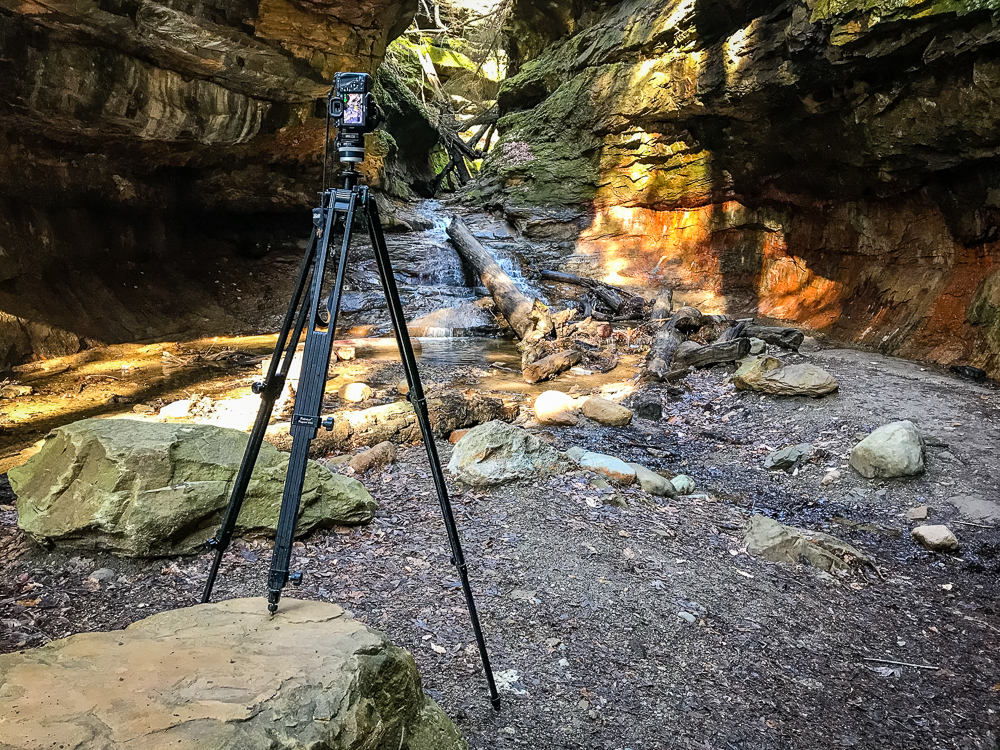

I am happy with my Report tripod and would purchase it again. I expect I will purchase other tripods in the years to come to fill niche applications. For instance, a very small and light model that will fit in a standard carry-on bag would be helpful in situations where the Report is simply too big. For many applications the wood Report tripod offers a useful combination of features.
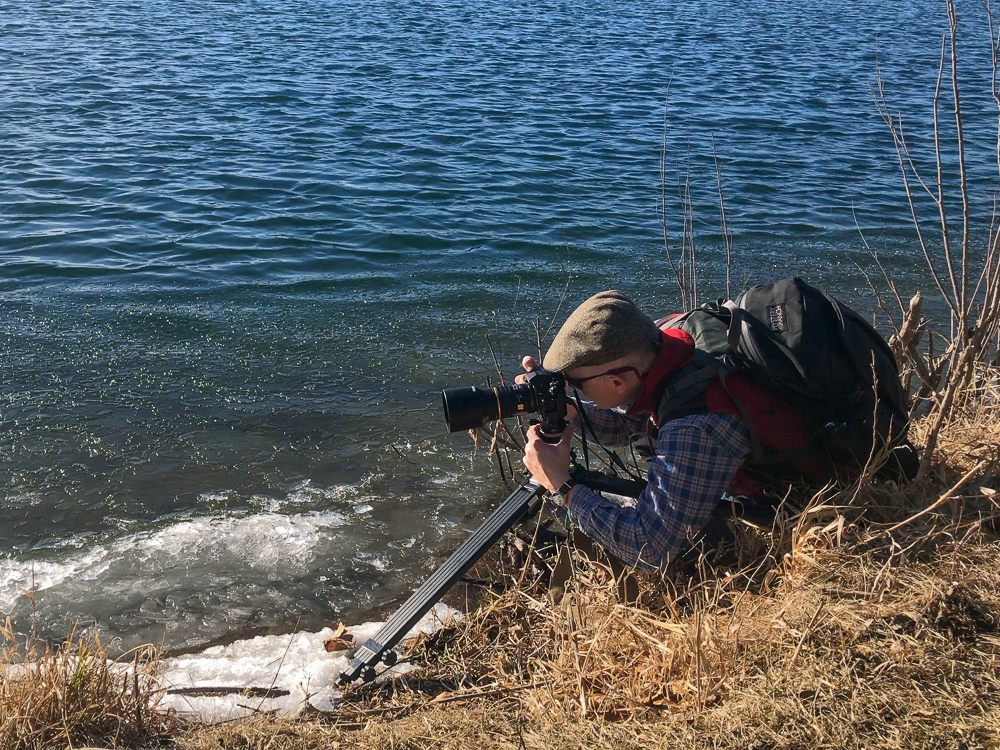
Jeff Burns
April 2020
Lafayette, Indiana
Jeff's father gave him one of his old cameras when he was about ten years old. It was a terrible camera, and the pictures were even worse, but he was soon trusted with better equipment. Photography was an important part of family vacations with the emphasis being on art rather than snapshots. As a high school yearbook photographer, Jeff started taking more pictures of people. Documenting adventures like a backpacking trip to Philmont Scout Ranch with his son have been some of Jeff's most rewarding photographic projects. As an engineer Jeff has designed photographic systems and has taken many scientific photographs for his employers.







